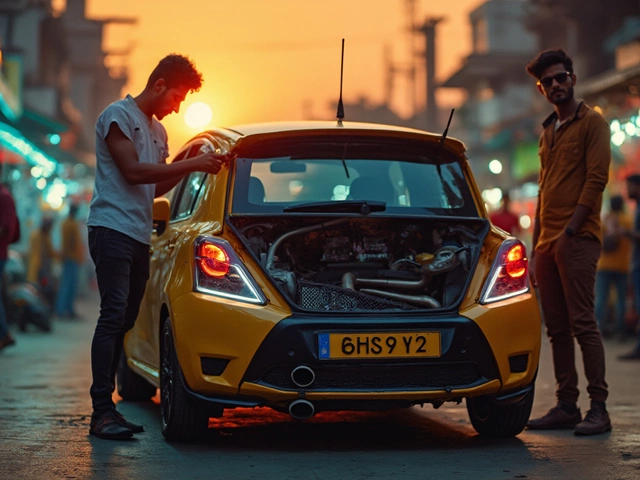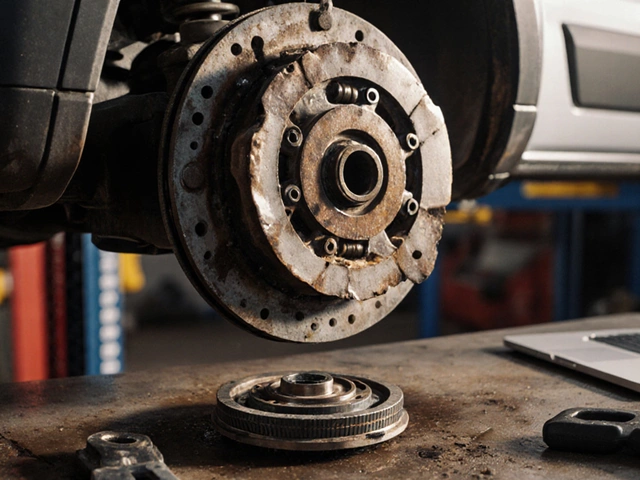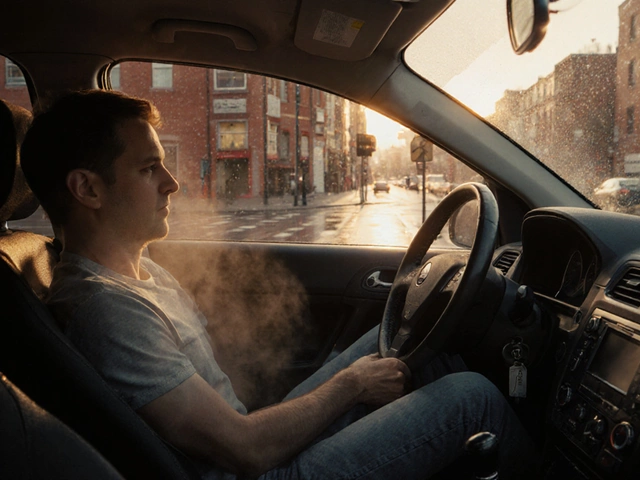
Bad Brake Pads: Signs, Risks, and What to Do Next
When your bad brake pads, worn or damaged friction components that slow your vehicle by pressing against the rotors. Also known as failing brake linings, they’re one of the most common yet ignored car problems that turn into expensive emergencies. If you hear a high-pitched squeal every time you stop, that’s not your car singing—it’s screaming for help. Brake pads are designed to wear down slowly, but when they get too thin, metal starts grinding on metal. That’s not just noise. That’s damage to your rotors, reduced stopping power, and a serious safety risk.
Bad brake pads don’t just affect stopping distance—they mess with your whole braking system. When the friction material is gone, the metal backing plate hits the rotor. That heat can warp the rotor, which means even new pads won’t work right until you replace both. And if you keep driving? You’re not just risking your brakes. You’re risking your life and everyone around you. Studies show that worn brake pads increase stopping distance by up to 40% in wet conditions. That’s the difference between avoiding a crash and hitting it head-on.
It’s not just about the sound. You’ll feel it too. A vibrating steering wheel when you brake? That’s warped rotors from prolonged pad wear. Your car pulling to one side? Uneven pad wear or a stuck caliper. A soft or spongy brake pedal? Air in the lines or fluid leaks from overheated components. All of these point back to one thing: your brake pads are past their limit. And if you’ve seen less than 3mm of friction material left on the pad, it’s time to replace them—no excuses.
People often wait because they think brake pads are cheap to fix. And yes, replacing them is usually affordable—under $200 for most cars. But wait too long, and you’ll pay $500 or more for new rotors, calipers, or even brake lines. Some drivers don’t notice the problem until their car won’t stop at all. That’s not a coincidence. It’s a direct result of ignoring early signs.
You don’t need to be a mechanic to spot bad brake pads. Look for the squeal. Check the thickness through the wheel spokes. Notice if your car takes longer to stop. Feel for vibrations. These aren’t vague warnings—they’re clear signals. And if you’re unsure, a quick visual check at a garage takes five minutes. Most places will even do it for free.
Below, you’ll find real-world guides on how to tell if your brake pads are worn out, what they cost to replace in 2025, and why replacing all four pads at once makes more sense than just two. You’ll also see how bad brake pads connect to bigger problems like suspension wear and rotor damage. These aren’t theoretical tips. They’re from people who’ve been there—and fixed it before it got worse.
-
29 Jun






